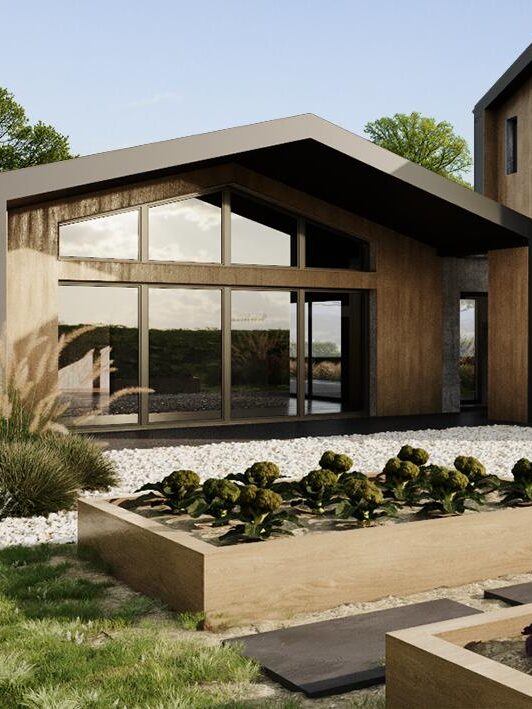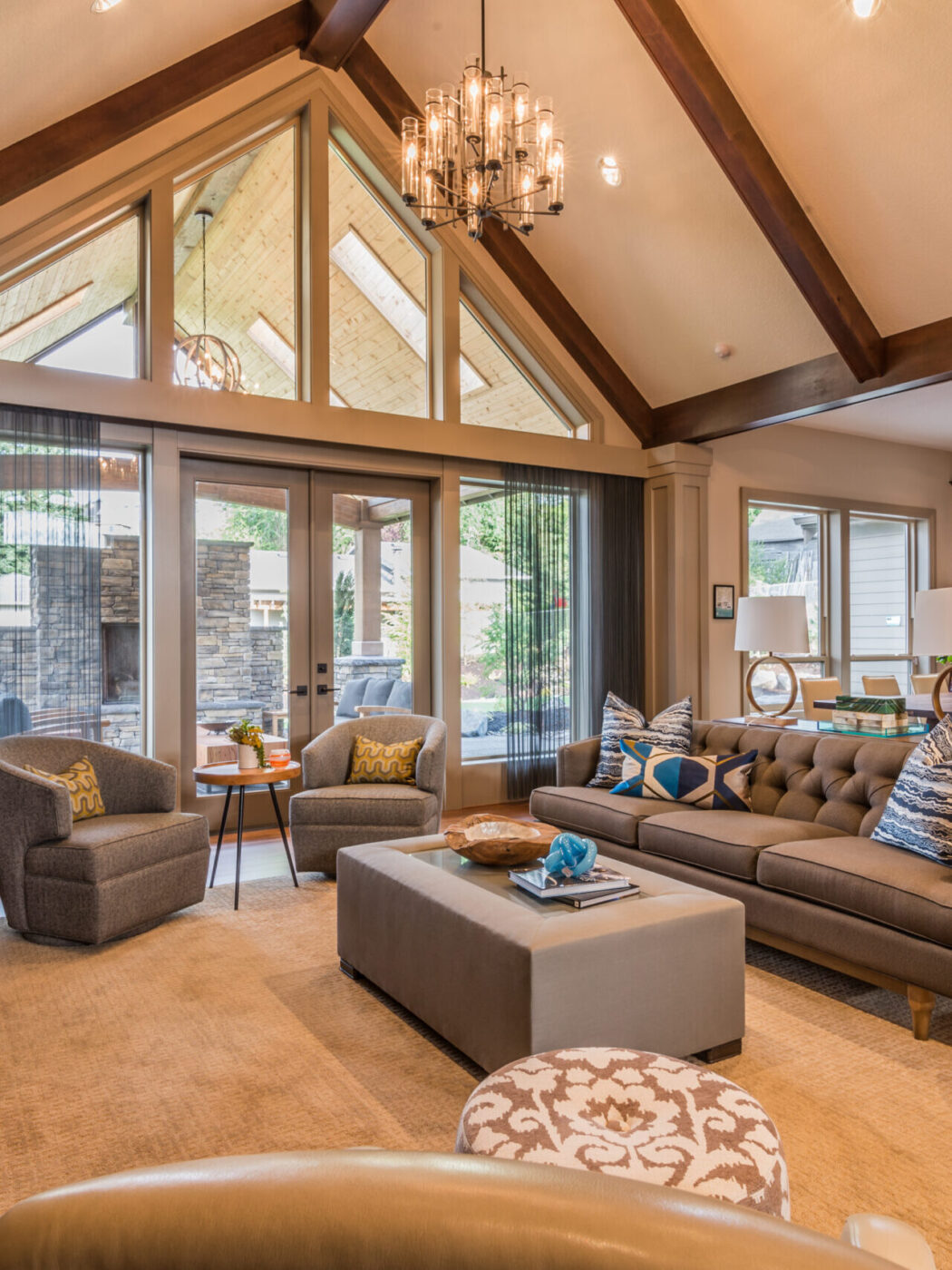Modern Renewable Energy Systems in Spanish Villas
Renewable energy systems have in the past been associated with being weak, expensive, and unreliable. For many people the concept goes with eco-warriors living off grid in situations where they can’t have all mod cons.
Well let me tell you. Things have changed!
We are installing a renewable energy system in a modern villa that will be running all mod cons.
This villa is on-grid but that’s mainly because our clients want to protect the value of their property asset and they believe that, currently, a house that is off grid would be valued at a discount because of potential buyers scepticism about off grid systems.
In reality they will use almost no power from the grid. It’s also true that being on grid guarantees power whatever the circumstances and that is another reason for being on grid. They don’t need to worry if there is a sudden influx of visitors at Christmas. Everyone can have a hot shower and they can roast the turkey in an electric oven should they wish too. (A gas oven might be better). But for ordinary usage they will not be using electricity from the grid.
In fact they will be especially cool in the summer with free air conditioning.
The system is pretty straight forward: photovoltaic panels harvest the energy from the sun which, as we all know, is plentiful in Spain. The electricity is stored in a lithium iron battery such as the Tesla Powerwall battery (available in Spain from 2019). This is a slim, elegant, wall mounted, unit which is more or less plug-n-play. It’s clean, odourless, compact, and designed for daily cycle usage. A single air source heat pump provides hot and cold water for under floor heating and cooling as well as hot water for kitchen and bathroom.
There is no need for solar hot water because the PV panels will produce all the power for hot water they need even in the winter. If you install solar hot water then in the summer you have too much hot water when you least need it and when you have a high need for cool water. In the summer your principal, and critical, problem is a cooling problem. Well in this system, the more the sun shines the cooler your house can be.
Condensation is a hazard with underfloor cooling and this is avoided by measuring the internal humidity and disengaging the underfloor cooling when the humidity approaches the dew point. Then conventional air condition units are engaged and this also has the effect of drying the air so the system switches back to underfloor cooling.
Conventional air conditioning can be used as a fast response especially in spring and autumn when there can be sudden temperature changes. It’s all free (after the initial investment). That’s financially free as well as guilt free: no fossil fuels and no contribution to global warming!
Other household electrical requirements are satisfied directly from the battery.
This particular system will recycle the heat produced by the heat pump when it is cooling which makes it very energy efficient.
Payback period for the initial investment is about six years based on current electricity prices. If prices go up, which is quite likely, the payback period will come down.
The story can be seen on video here: The Story of a Carbon Zero Villa at Las Chapas, Marbella.
So this will be a carbon zero villa. We will be isntalling similar systems in our other villas but whether they can actually be carbon zero depends on the size and the number of photovoltaic panels we can place.
I should emphasise the importance of design in everything we do: solar orientation, insulation, air tightness etc and I have always said that energy efficiency is principally about design not about gadgets. But the gadgets are coming on!!!!!!!


